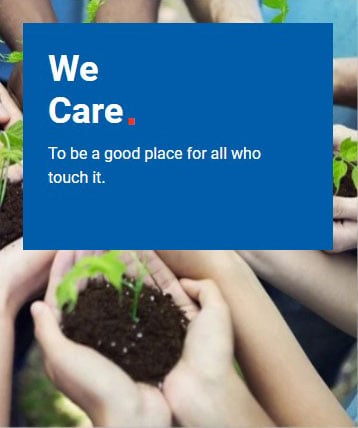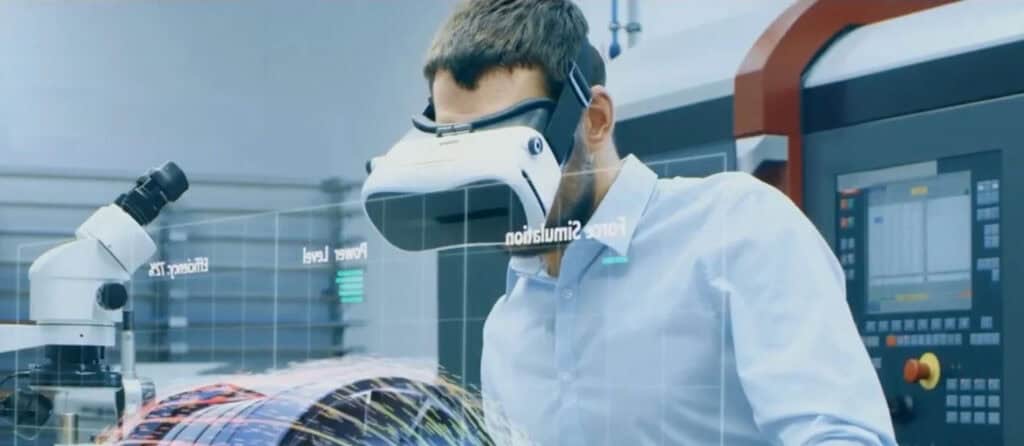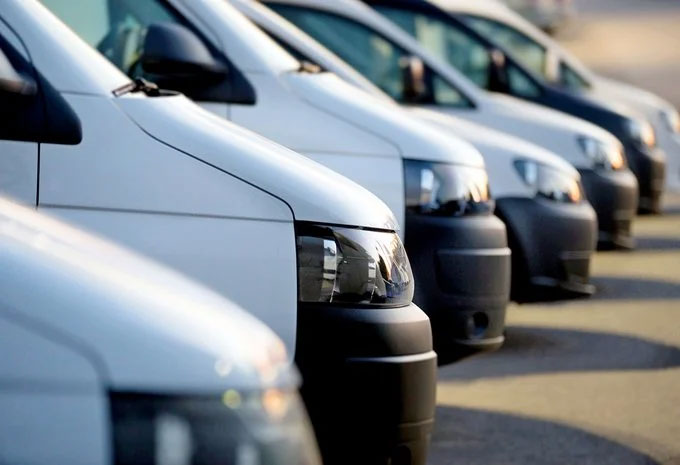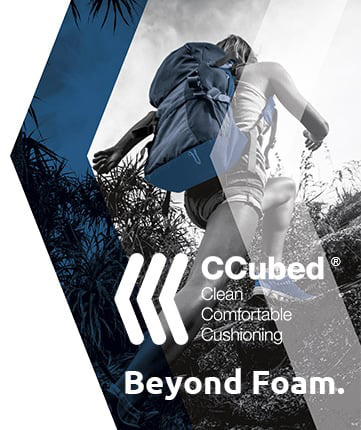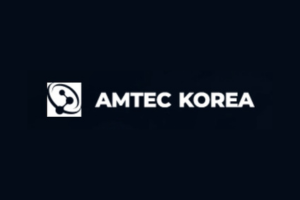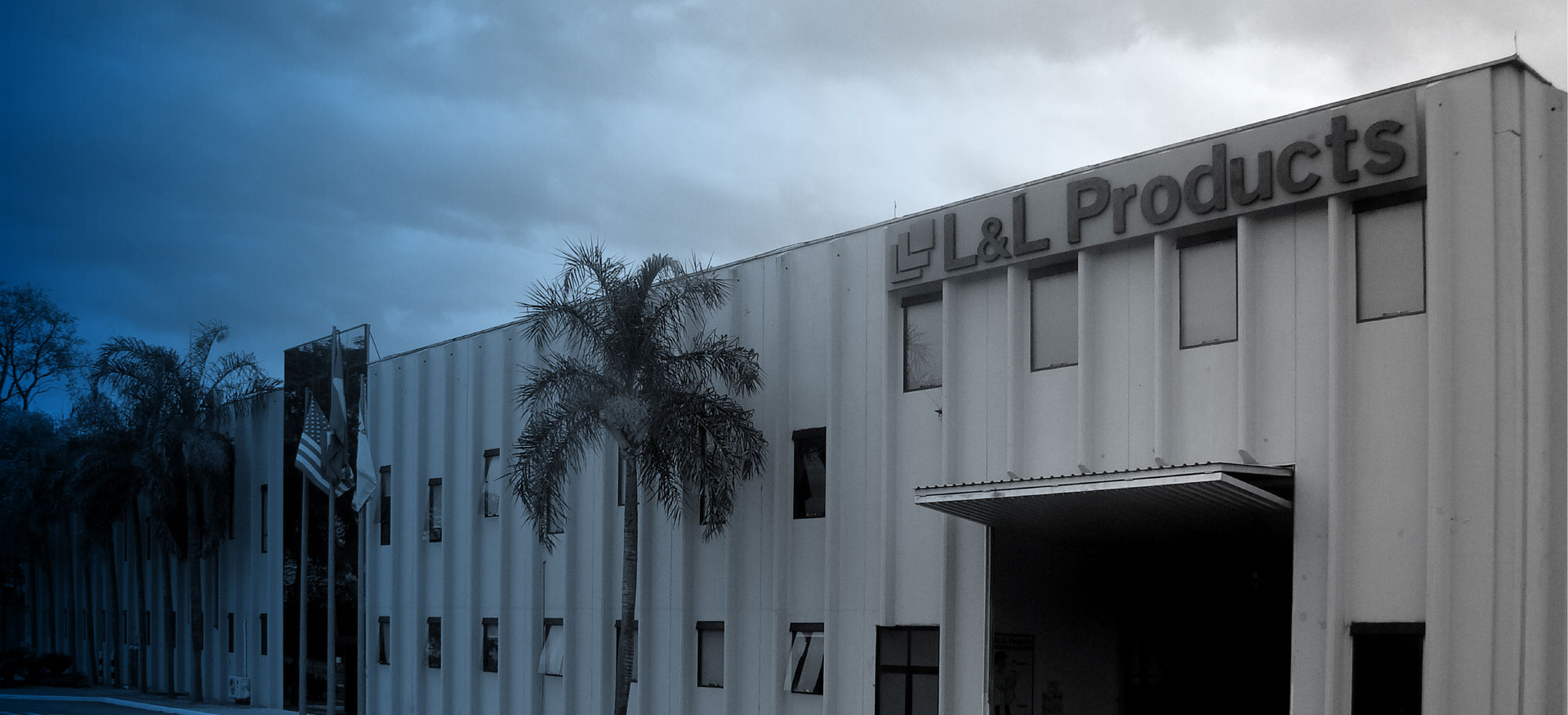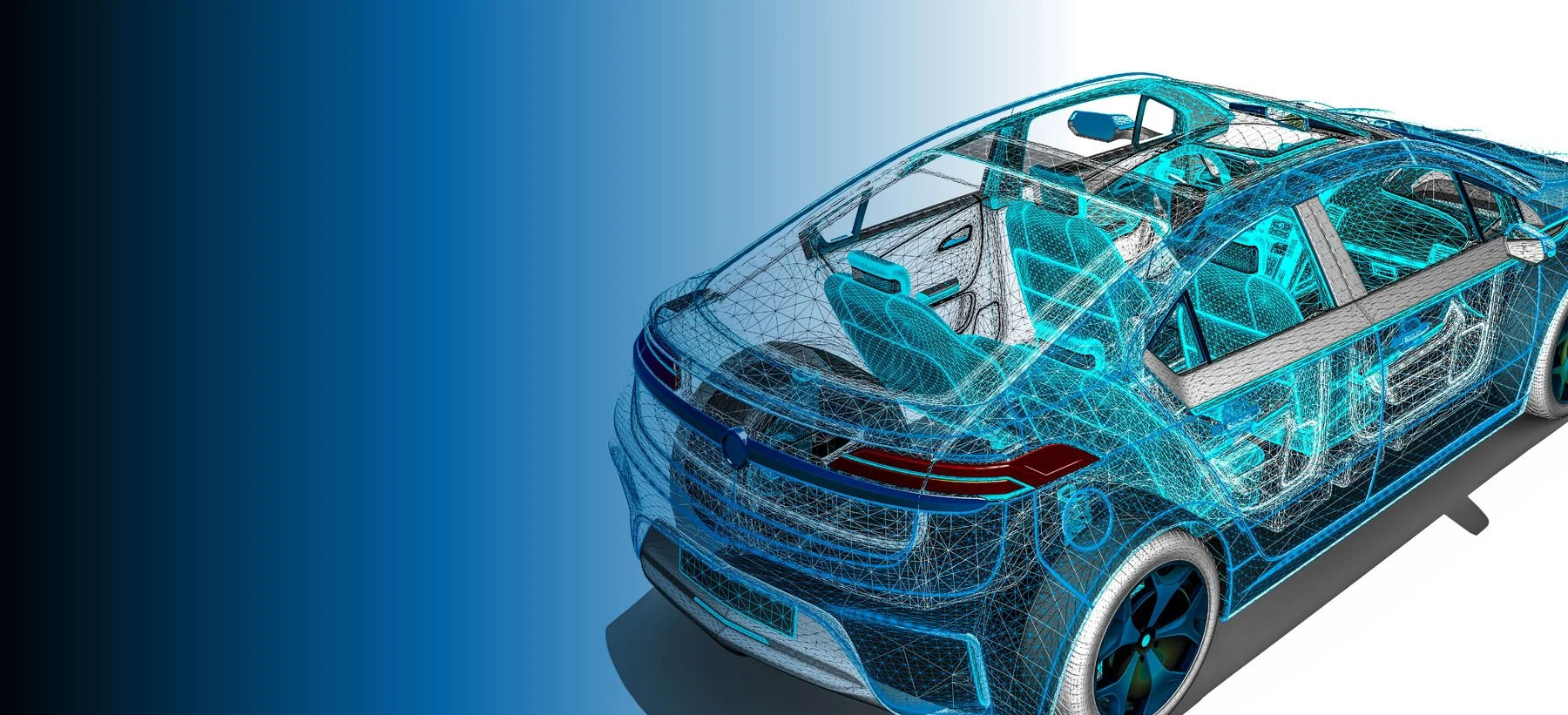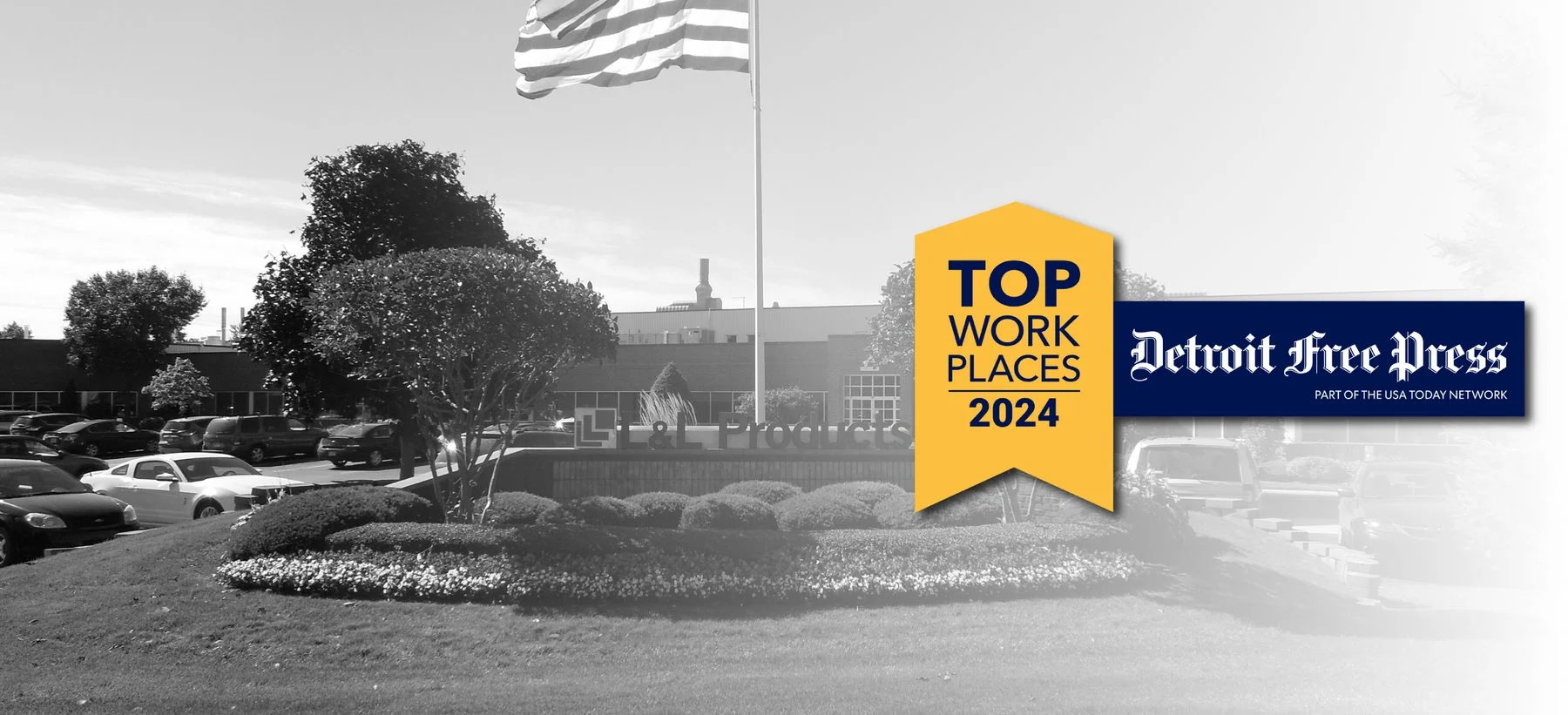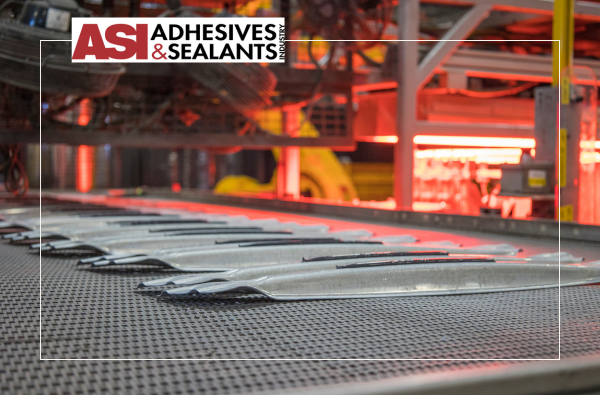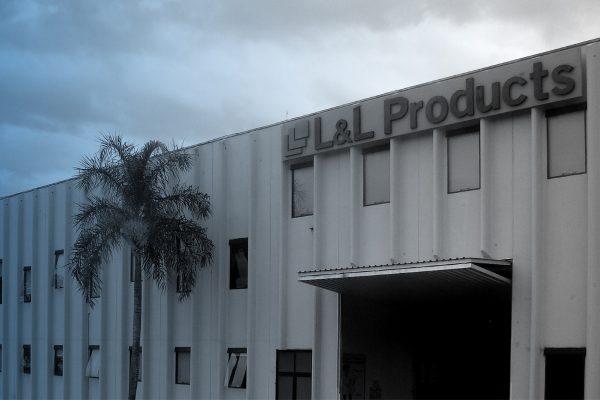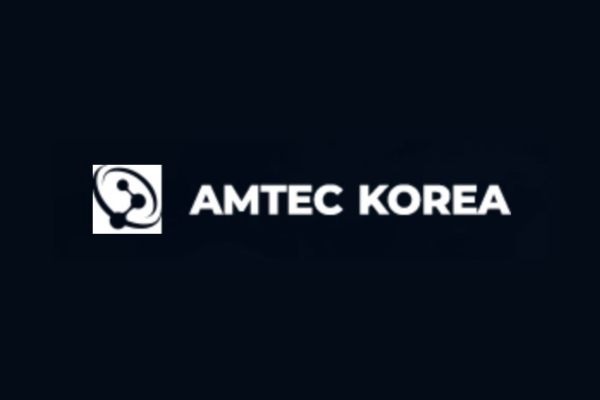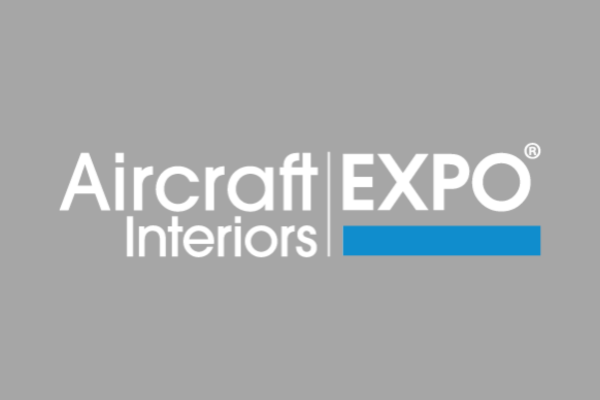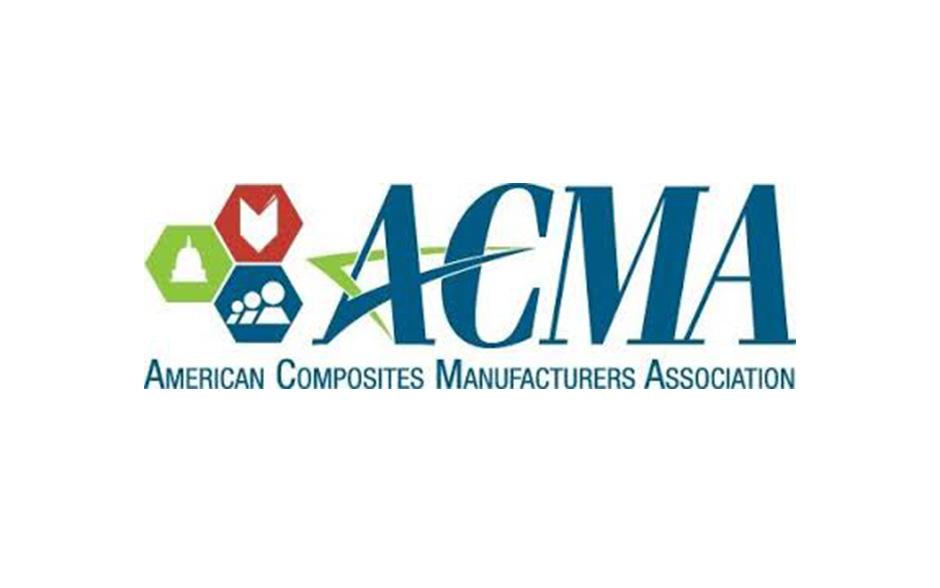Driven by Technology
L&L Products combines expertise in materials science, advanced engineering, and manufacturing process optimization for customers to develop unique solutions that deliver structural reinforcement, substrate bonding, static sealing, and acoustic improvement for automotive, aerospace, commercial vehicle, construction, and consumer products applications. For nearly 70 years, our skilled chemists, scientists, and engineers have collaborated with customers around the world to make products lighter, stronger, and quieter.
Our Solutions
CUSTOMIZED MATERIAL SCIENCE FOR MULTIPLE INDUSTRIES.
We are proud to be an innovative development partner to a vast customer base, providing them with unique material formulations and engineering solutions for lighter, stronger, quieter products.
Acoustic
A new silence.
Bond
Proven solutions.
Reinforce
Strength first.
Seal
Without compromises.
Thermal
Made for heat.
